Technology Reshaping Customer Experience
By MYBRANDBOOK
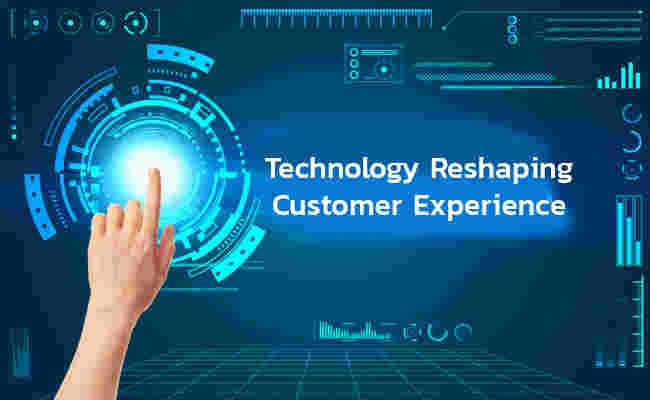
We are seeing several disruptions happening in our everyday life and it is really unbelievable. Disruptions on the internet in some forms or other can be easily forgotten, but the disruptive world wide web is no longer the same that it was when it first debuted. Massive amounts of data are getting generated and many don’t know how to manage the data, which many say is the new oil. Thanks to the great man, Sir Tim Berners-Lee, a British computer researcher then working at CERN in Switzerland, who has originally conceived three technologies that still underlie much of the WWW today - HTML, URL and HTTP. The hard fact is whatever we do over internet, are getting stored in somewhere in some form.
It wasn’t until January of 1991 that servers outside CERN were activated. Adoption moved slowly and steadily throughout the industrialized world, with users purchasing clunky desktops wired with dial-up modems. In the last 20 years, there have been specific technologies and product categories that truly changed how we live and work, and which are certainly notable.
The word disruption gets thrown around a lot. We are already witnessing the battleground between Windows and Linux. Linux is disruptive at a couple of levels. From operating system, there are now countless free Linux desktop OSes available that make handling day-to-day tasks like email and office suite work (making docs, decks, spreadsheets, etc.) just as simple as on Windows and Mac machines. Window gained 90% of market share in PC and computers whereas, the Android phone OS, which currently holds about 90% of the smartphone market is quietly disrupting the world. The next decade, with mobility growing faster, we could witness the ratio of 50% and 50% among Widows and Linux.
From cloud computing and lithium ion batteries to 3D printing and containerization, we have seen the technologies that have done the most to shape the internet era. Unlocking the Economic Impact of Digital Transformation in Asia Pacific, it has been predicted that digital transformation will add $154 billion to India’s GDP by 2021.
In the last 20 years, there have been specific technologies and product categories that truly changed how we live and work, and which are certainly notable.
Technology is reshaping the way government is designing and implementing programmes. Governance in India across sectors has been redefined through business process re-engineering, technology and data analytics. The use of technology has brought in better systems, greater efficiency and is beginning to have a profound impact on governance.
Digital payment transactions have now become extremely simple, thanks to the Bharat Interface for Money (BHIM) UPI. India has seen over a billion transactions in volume and over a trillion rupees in value. There will be increased disruption with new players and new technologies. Thanks to the Modi Government, the success of RuPay (the country’s only indigenously developed card payment system) has consolidated its position of being the No 2 brand, despite being a late entrant in the domestic card scheme market.
RuPay can be accessed across over 41 million merchants and over 1.8 million ATMs internationally in 185 countries. About 55 million international debit cards have been issued with pricing in Indian currency and not the US dollar to avoid any impact of currency fluctuations as of January, 2019, according to NPCI.
Other key Disruption Highlights -
# Car sales going down, whereas OLA/Uber rising to the next level
# Restaurants are closing, somehow online delivery is increasing
# Tuition classes decreasing, online studies increasing
# Traders are struggling in the country, whereas the market places are thriving
# Cell phone bills going down and internet penetration is going up.
# Government Job creation is decreasing and the start-up jobs are rising
The Ayushman Bharat scheme will digitally link primary and community health centres with district hospitals. Along with the Rs 5 lakh health insurance, which will cover 50 crore Indians, it will ensure healthcare through a paperless, cashless, portable scheme. The health stack linked to Aadhaar will be transformational.
Most of them are however partially correct. The industry is trying to picturise differently and everyone knows the fact. A good way of hiding the truth is on the economic issue, which is on the transmission form, where studies show that the demand is down but the consumption is going up, with the old commission business struggling and the online service are at a loss cost rising. It is really a wake-up time for the entrepreneurs who are unaware and are conducting businesses, working with old traditions.
Lastly, Economics is not struggling whereas the business models are changing.
"
"


Legal Battle Over IT Act Intensifies Amid Musk’s India Plans
The outcome of the legal dispute between X Corp and the Indian government c...

Wipro inks 10-year deal with Phoenix Group's ReAssure UK worth
The agreement, executed through Wipro and its 100% subsidiary,...

Centre announces that DPDP Rules nearing Finalisation by April
The government seeks to refine the rules for robust data protection, ensuri...

Home Ministry cracks down on PoS agents in digital arrest scam
Digital arrest scams are a growing cybercrime where victims are coerced or ...


Icons Of India : AMIT CHADHA
Amit Chadha serves as the CEO and Managing Director of L&T Technology ...
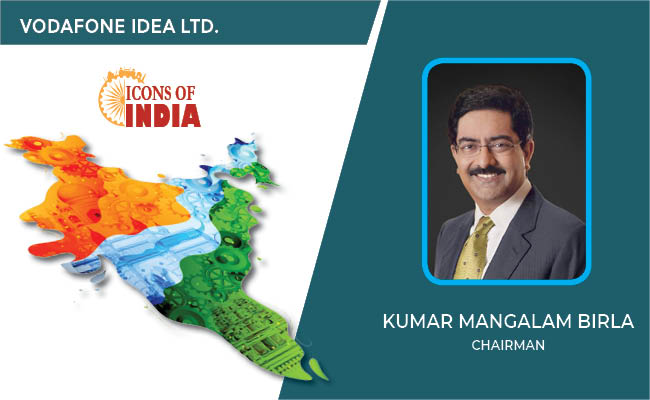
Icons Of India : Kumar Mangalam Birla
Aditya Birla Group chairman Kumar Mangalam Birla recently made a comeb...

Icons Of India : RAJENDRA SINGH PAWAR
Rajendra Singh Pawar is the Executive Chairman and Co-Founder of NIIT ...

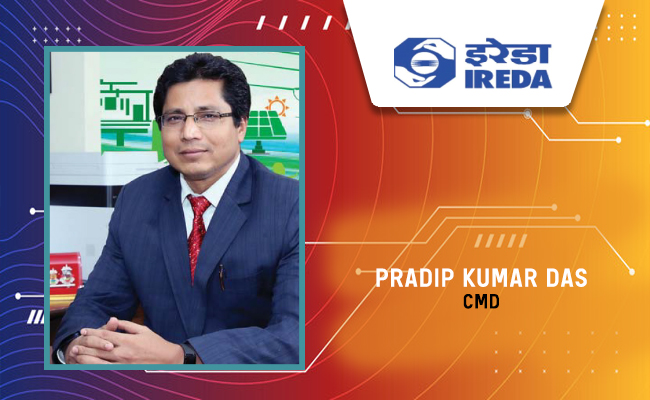
IREDA - Indian Renewable Energy Development Agency Limited
IREDA is a specialized financial institution in India that facilitates...
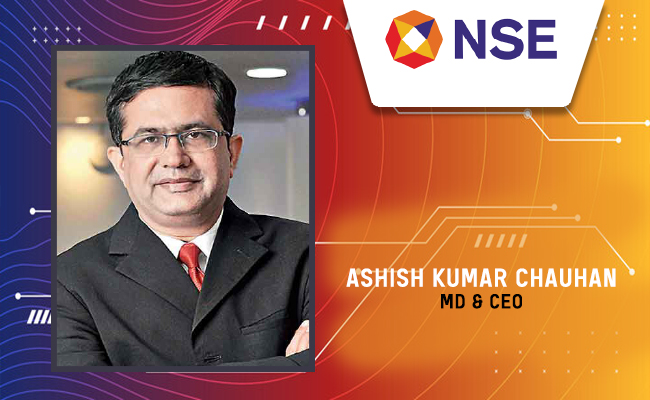
NSE - National Stock Exchange
NSE is the leading stock exchange in India....

DRDO - Defence Research and Development Organisation
DRDO responsible for the development of technology for use by the mili...

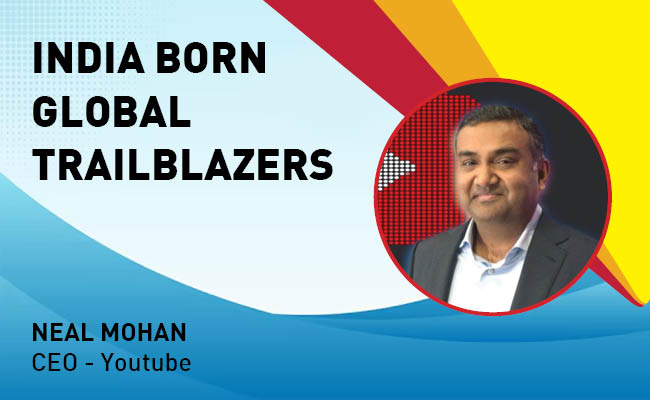
Indian Tech Talent Excelling The Tech World - NEAL MOHAN, CEO - Youtube
Neal Mohan, the CEO of YouTube, has a bold vision for the platform’s...
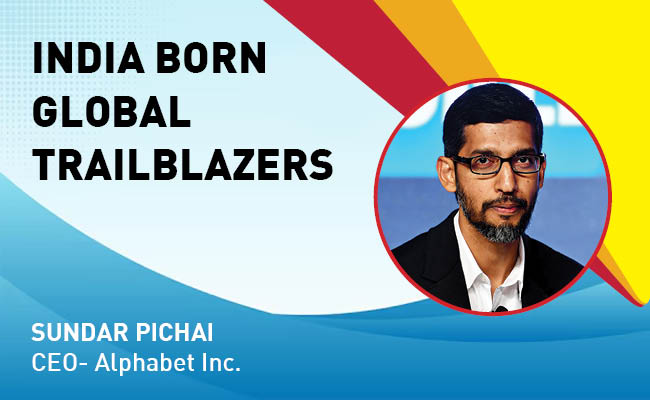
Indian Tech Talent Excelling The Tech World - Sundar Pichai, CEO- Alphabet Inc.
Sundar Pichai, the CEO of Google and its parent company Alphabet Inc.,...

Indian Tech Talent Excelling The Tech World - Dheeraj Pandey, CEO, DevRev
Dheeraj Pandey, Co-founder and CEO at DevRev , has a remarkable journe...
 of images belongs to the respective copyright holders
of images belongs to the respective copyright holders